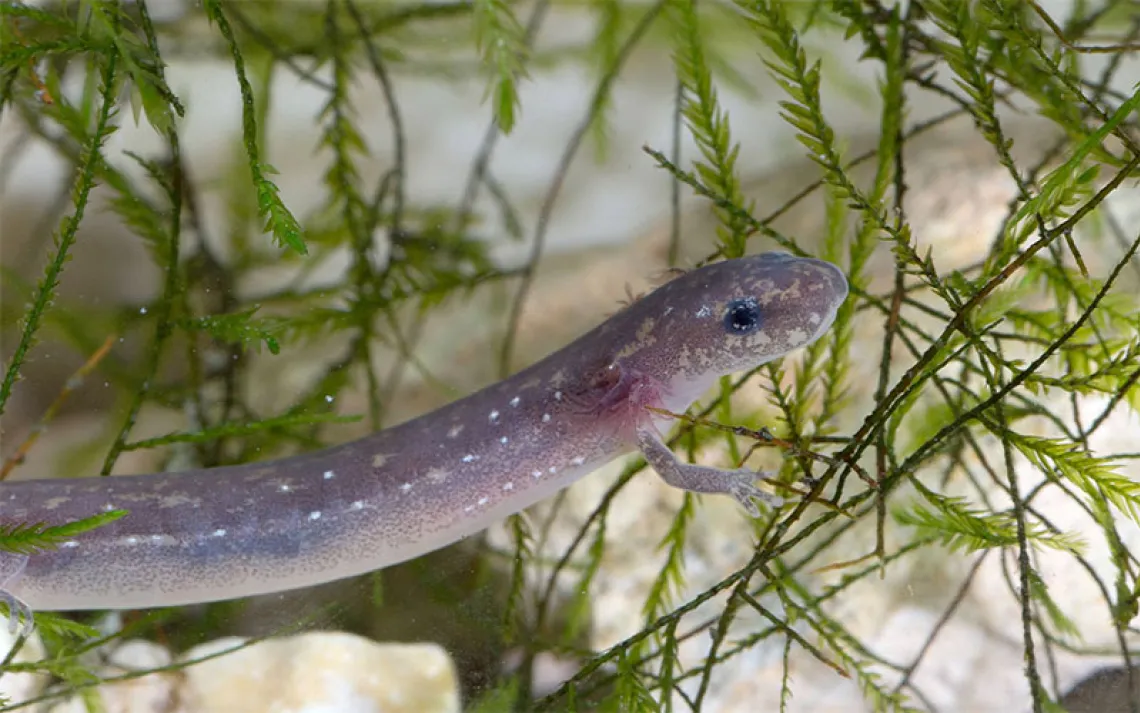Sea Butterfly
Spread your wings and swim

Zoom in on a subsurface blizzard in polar waters and you'll find that each flake is a winged, lentil-size snail with a translucent shell, a creature that seems to have sprung straight from Hieronymus Bosch's Garden of Earthly Delights. Twin wings that evolved from the snail's "foot" keep these gastropods afloat as the swarm drifts along on ocean currents. The "sea butterfly" (Limacina helicina) also uses its appendages to trap plankton—including juveniles of its own kind—by enveloping them in a net of mucus. Seals feed on the delicate baubles and are in turn eaten by polar bears, thus binding one of the ocean's smallest predators to one of its largest. Both were named, in 1774, by British sea captain and explorer Constantine Phipps, who had no inkling of what science has lately revealed: the sea butterfly's keystone role in Arctic pelagic ecosystems.
But as oceans absorb more carbon dioxide from the atmosphere, they become increasingly acidic, which compromises the sea butterfly's ability to build its shell. "It's basically as if you poured acid on top of the shell," says Nina Bednarsek, a researcher at the Pacific Marine Environmental Laboratory. "These changes are happening years earlier than we had projected."
 The Magazine of The Sierra Club
The Magazine of The Sierra Club



